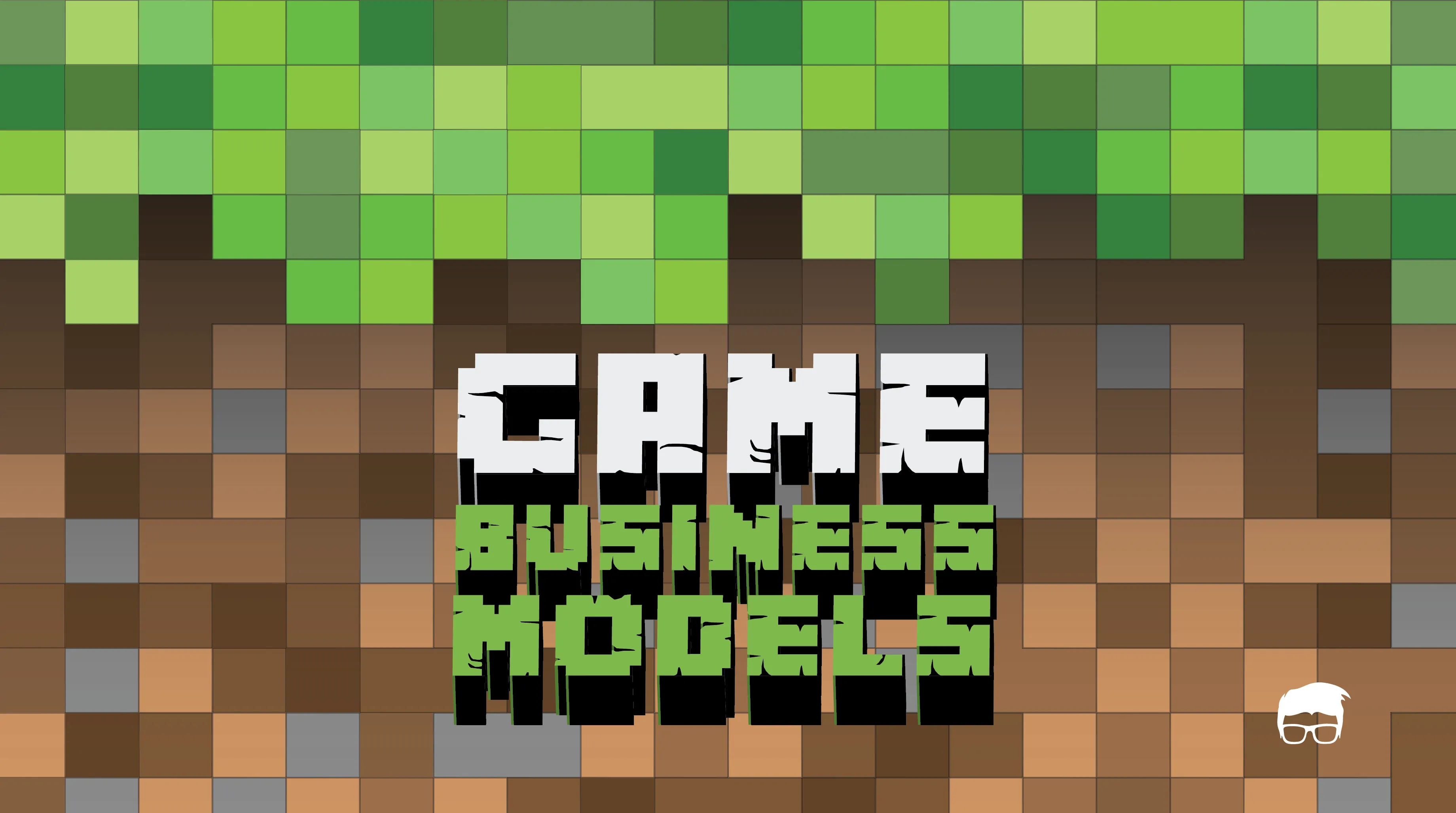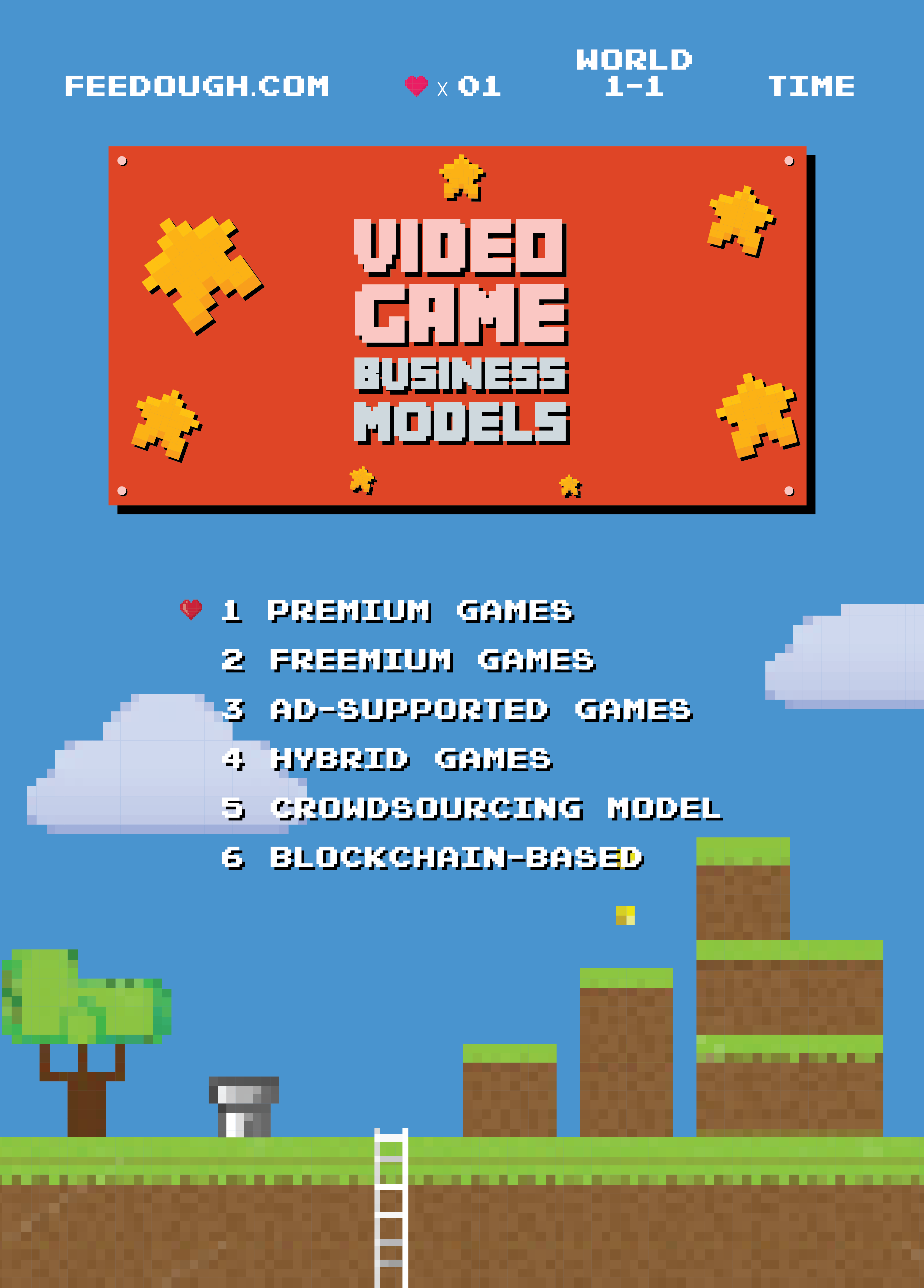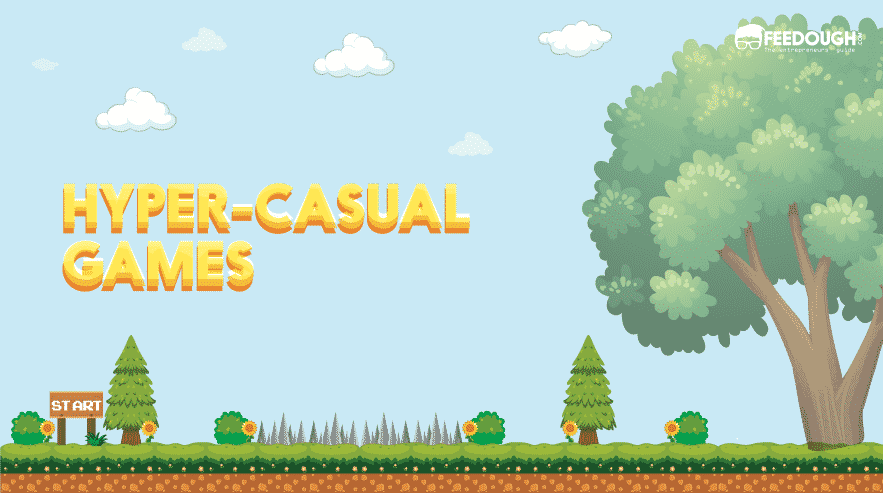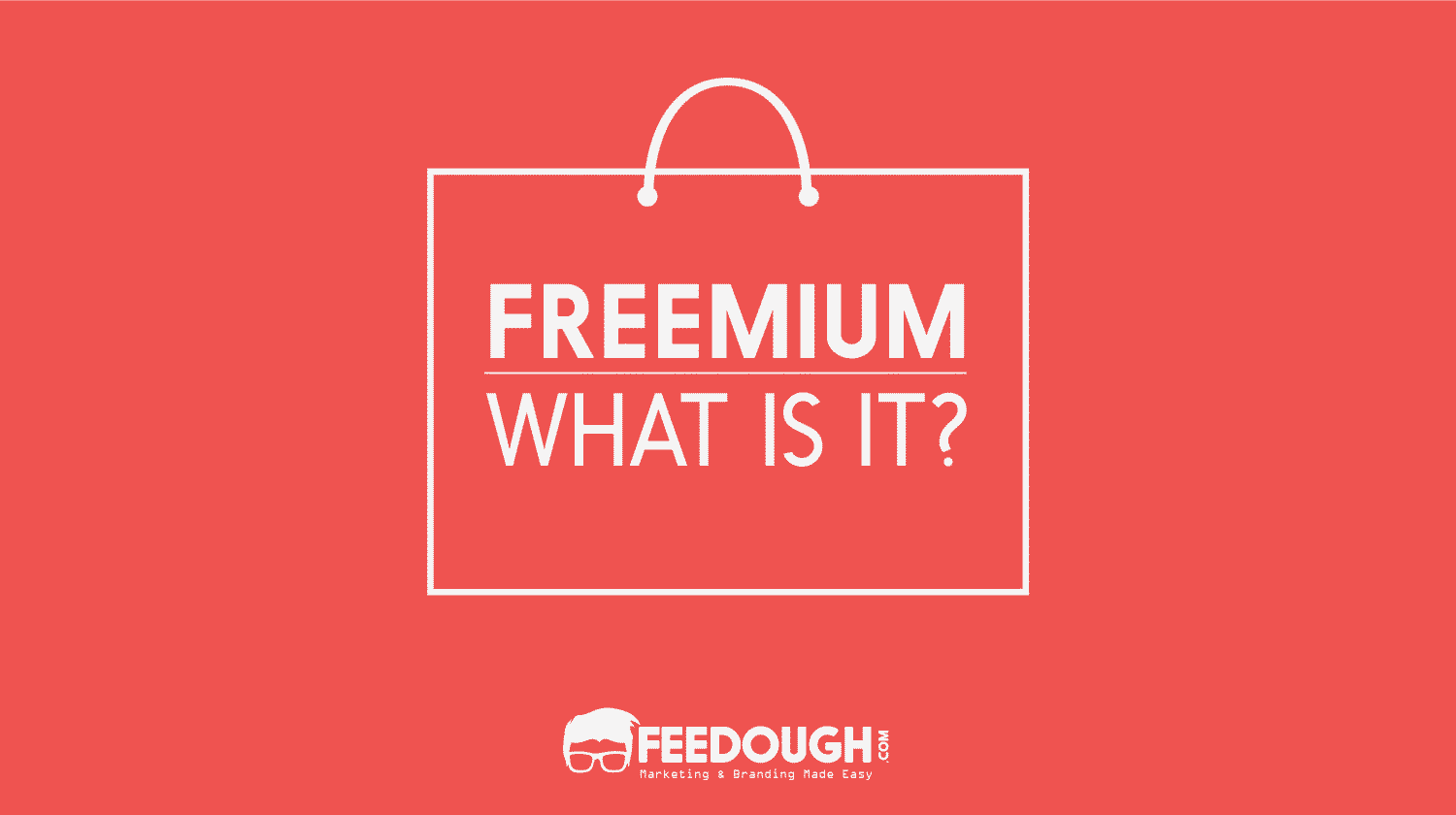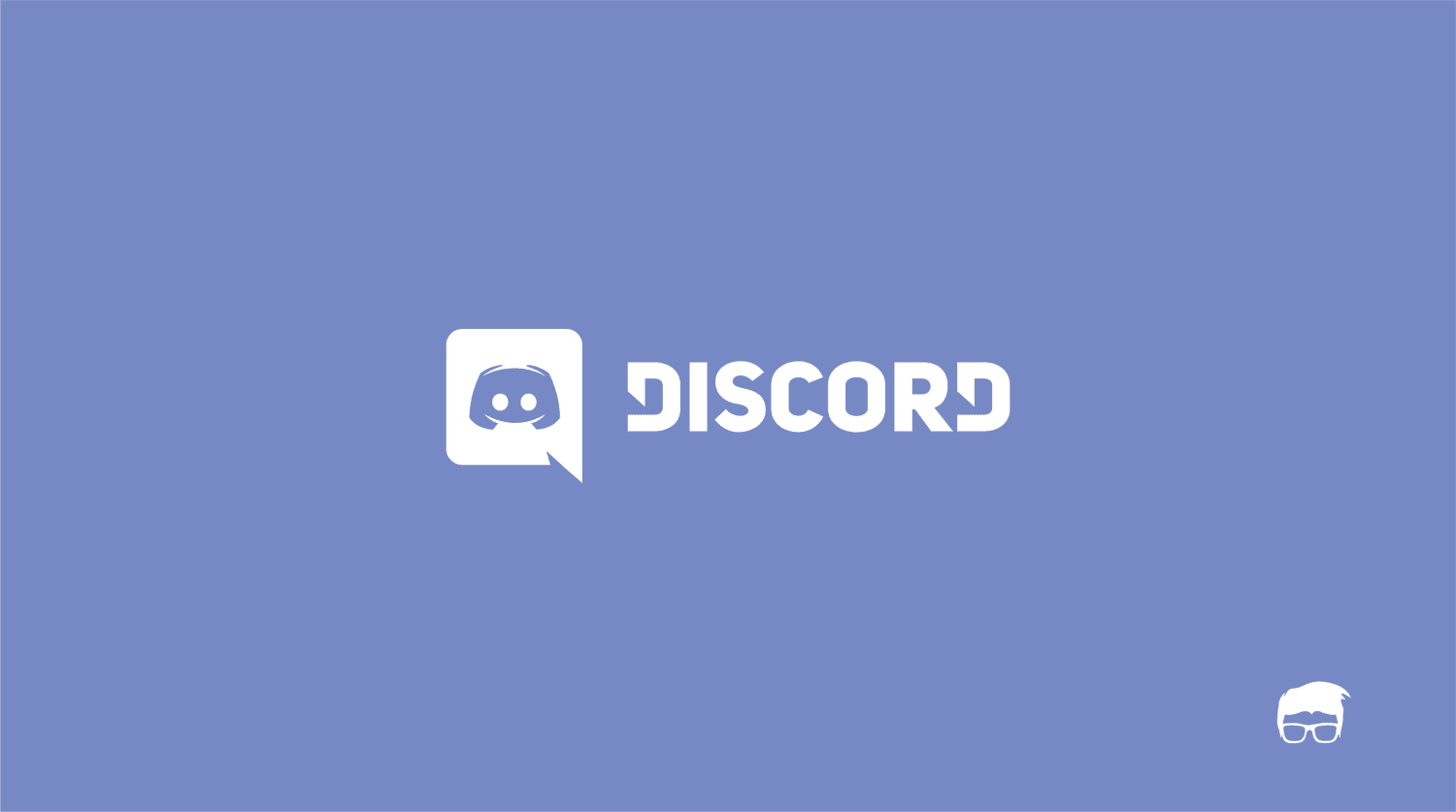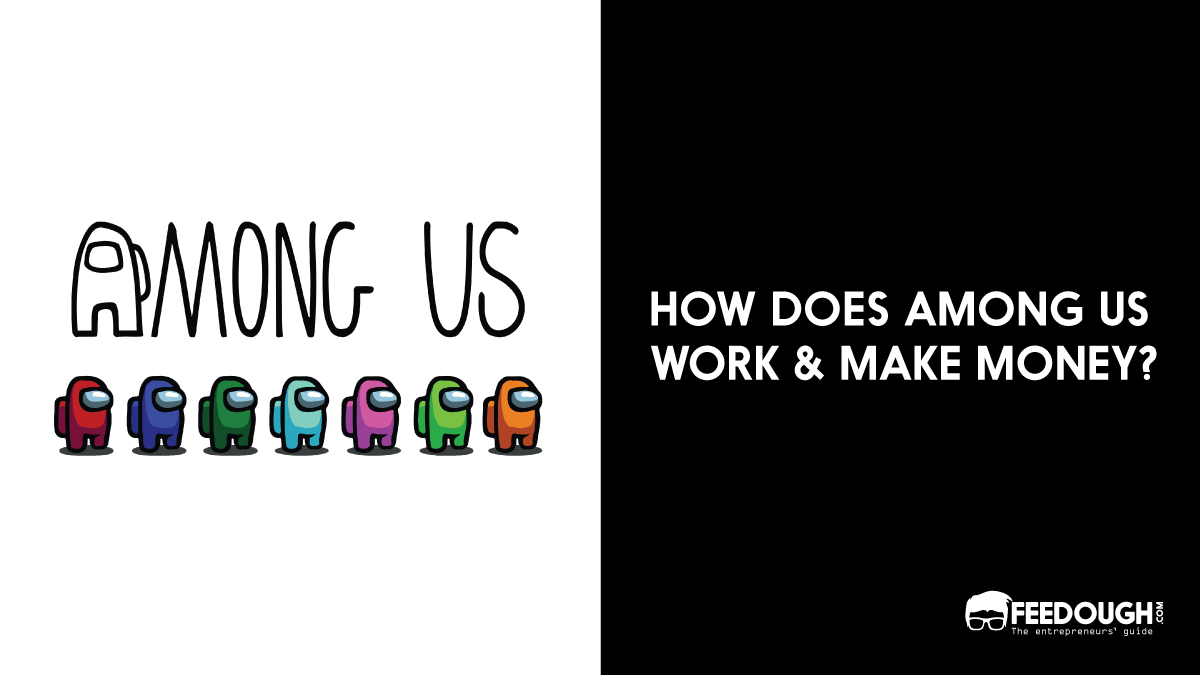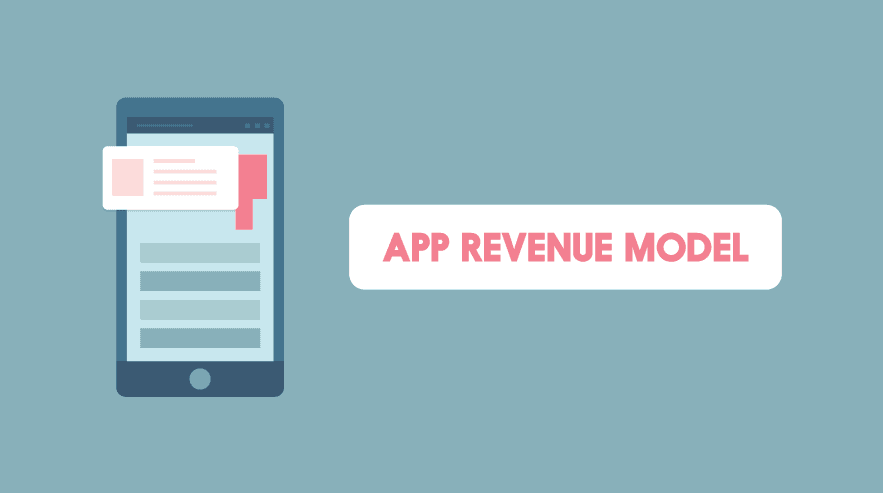If you are a game developer, choosing among the different game business models can be a bit of a fix. You probably are aware of premium and freemium games. But is that it? What if I told you there are 6 different ways you can build and monetize your game?
The six types of game business models that exist in the present market are:
- Premium games: The ones which show their price tags before you get your hands on them.
- Freemium games: You get the boat for free, but you gotta pay for the oars.
- Ad-Supported games: Practically the same model as TV, you can watch the shows for free as long as you don’t mind the ads.
- Hybrid model games: A mix between In-app purchases and Ad-display which lets you pay to get rid of the advertisements.
- Crowdsourcing model: You crowdsource the data/information from users and sell it to someone who needs the information. The game is designed in such a way that the users don’t even mind doing the work for you.
- Blockchain-based games: A decentralized system that generates more information from a particular user and keeps the chain flowing.
Each business model is equally rewarding when executed perfectly and the right choice of the revenue model for your game can shoot your game into the big leagues.
Seems unreal? Keep reading.
Premium Games
We know premium games have been in the market for a long time and it is the most traditional way to earn revenue from games. The basic model of the premium games is obvious: you have to pay to download/play the game. The only thing that has changed is that now you can sell your premium games online too. Google Play and Apple App Store and other game marketplaces like Valve take 30% of the sales of these premium games.
With the rise of free games, you might think that premium games have no market anymore.
But the reality is different.
Premium games generate enough revenue to beat tough freemium competitors. And how is that? There are a few smart marketing techniques premium models use.
Having a lite mode for the full game
Premium games sometimes release a lite mode which has certain initial levels free to play. This gives potential users a gist of what the game is and such trial modes are usually the best marketing strategies for premium games.
Having a free day/week
Premium games usually have a free day/week where users can download the paid game for free and experience the gameplay. The reason to give away paid goods is really interesting, they do this increase the number of players. This essentially helps with two factors
1) For multiplayer games, it increases the number of players to play the game with. Thus, it attracts more players to pay and play the game.
2) It significantly improves the game’s ranking on grossing charts, thus getting in the eye of people who are casually browsing games. This works as an indirect advertisement for the game.
Premium model is the oldest and can have a variable pricing depending upon the brand name, quality of content, etc.
- Premium games would not market well if your idea isn’t original or groundbreaking.
- The day of release is very important as the charts during initial release define the future of the game.
- Releasing a premium game is not enough, you have to keep adding content and bring changes to cater to the existing user base and keep them interested.
The Freemium model
Freemium basically means that the user can play the game along with its basic mechanics for free without any hindrance. But there are certain additional features/add-ons/content the user can get by paying money. It may include micro-payments to play additional side missions, cosmetic customization for characters, extra lives or weapon upgrades for a particular mission.
In-App purchases also allow purchasing premium in-game currency that is hard to get while playing free.
Freemium games need to keep an eye on Average Revenue per user and thus the game is designed such that a user spends a particular amount of money while playing the game. Of course, it is not a compulsion and a user can complete the game by playing it for free. But these premium features/currency gives an edge over the game to users who pay for them and thus many faithful users to the game tend to make micro-payments.
Points to keep in mind while releasing a freemium game
- Freemium games tend to make the premium parts of the game overpowered in order to draw maximum target audience to buy it. This discourages players who are starting out in the game. Such games are termed ‘Pay to win games’ by the users resulting in negative marketing for the game.
- There is no assurance that a user will make in-app purchases, thus the revenue generation from a particular user can never be given a particular number.
- A strong analytics team is required to keep an eye on the game dynamics and what should be incorporated to sustain the game in this highly competitive market.
Ad-Supported Games
It is obvious that if a game isn’t asking for microtransactions in the game itself, it is selling you as a prospective customer to other applications/products. Most free games incorporate advertisements to earn revenue. There are multiple ways to earn revenue and basically revolve around three major parameters. Cost per impression, cost per click and cost per install.
Now the placement of advertisements is key to generate revenue from ad-based models. Some games add a tiny bar at the bottom of the screen to display advertisements; some display advertisements between levels and some games provide incentives to watch advertisements like giving an extra life or a speed boost for watching an advertisement. Most applications have software libraries that shuffle and play advertisements automatically within the game.
Points to keep in mind while releasing an Ad-supported game:
- Although advertisements are a legitimate means of generating revenue, over intrusive advertisement usually damage the brand reputation. Thus, a balance between gameplay and advertisements is to be maintained.
- Advertisements when not interactive are seen as irritating aspects of the game and thus an effort is to be made to make advertisements interactive.
Hybrid Model
As the name suggests, hybrid models incorporate in-app purchases as well as ad-displays and you can pay to get rid of advertisements in these models. A very basic incorporation of the two models resulting in an overall sound revenue generation makes this a viable option.
Points to keep in mind while releasing a freemium hybrid game:
- As this model allows users to pay to get rid of advertisements, game developers tend to use intrusive advertisement engines that take away a user’s game time so that users are forced to pay. Although this seems like the most profitable solution, it brings down the brand name.
- Also, a balance between in-app purchases and advertisements is very essential because any excess in either of the two can prove fatal to the game’s market.
Although these models are the most common choices for setting up a revenue system, there are a couple of business models you should be aware of to make a well-informed decision for your firm.
Crowdsourcing Model
Crowdsourcing model is designed in a way that the game users perform certain tasks for the developer’s clients while playing the game. The gamification of tasks create a win-win situation for both the parties get what they want: users get an ad-free premium game experience and the developer makes money.
One of the most famous examples of crowdsourcing game business models is Duolingo’s business model. DuoLingo has successfully incorporated this model where it crowdsources translations of scripts from users and gives the translated script to organizations that require translation of content.
Points to keep in mind while releasing Crowdsourcing information game model
- Since this model is only applicable to games that are able to crowdsource information/data/tasks, the applications are limited and it is hard to implement this model. But if your idea is big on crowdsourcing, you might make it into this hardly used business model.
- The outsourced task shouldn’t be monotonous or boring as it’ll reduce the retention rate of the users.
Blockchain-Based Games
With the obvious boom of DAPPs (Decentralized apps), it was about time that blockchain expanded its domain and moved on to other applications and not be limited to cryptoassets. To get a clear idea of how a blockchain model will work in a gaming market, you need to get a basic idea of how blockchain works.
The two basic games that work on this principle are Huntercoin and Cryptokitties.
While Huntercoin works on the basic principle of Human mining, where players fight against other players over resources on a common, this game is capable of creating an AI level competition where miners mine for HUC (Hunter coins) while fighting off other competitors. This game spawns a General and two soldiers that are under the user’s command as they fight off other players to gain resources and mine the HUC.
CryptoKitties work on the basics of buying a virtual kitty, raising it and selling it. The game is governed by Genetic algorithm processing of new kitties where genetic algorithm a system that works similar to our genes picks traits from the parent code and mixes them in a random order resulting in a totally different offspring. This way users own and create their own virtual kitties in this blockchain model. This is a blockchain model since there is no central control over the kitties and the generation of new kitties is purely dependent upon the users. Both these models have a detailed decentralized model i.e there is no central control and the chain moves on from one user to another. The only difference is how the chain is seen in each case.
Points to keep while releasing a blockchain based game
- Blockchain-based games are heavy on decentralization thus this model will work only if your game is able to generate new information for each user. This means, there is no central control over the data produced and the ability to carry forward the data is limitless.
- Blockchain games have a very streamlined approach to their game. If your game wasn’t developed with blockchain being its core idea, it will be hard to implement this model into the system. A clear and strategic plan is a pre-requisite to implementing this system into your game model.
Go On, Tell Us What You Think!
Are you developing a game? Do you like the new business models for games or would you stick with the traditional ways? Let us know in the comments below.
Engineer by education. Writer by choice. I learn about new things by writing about them.
